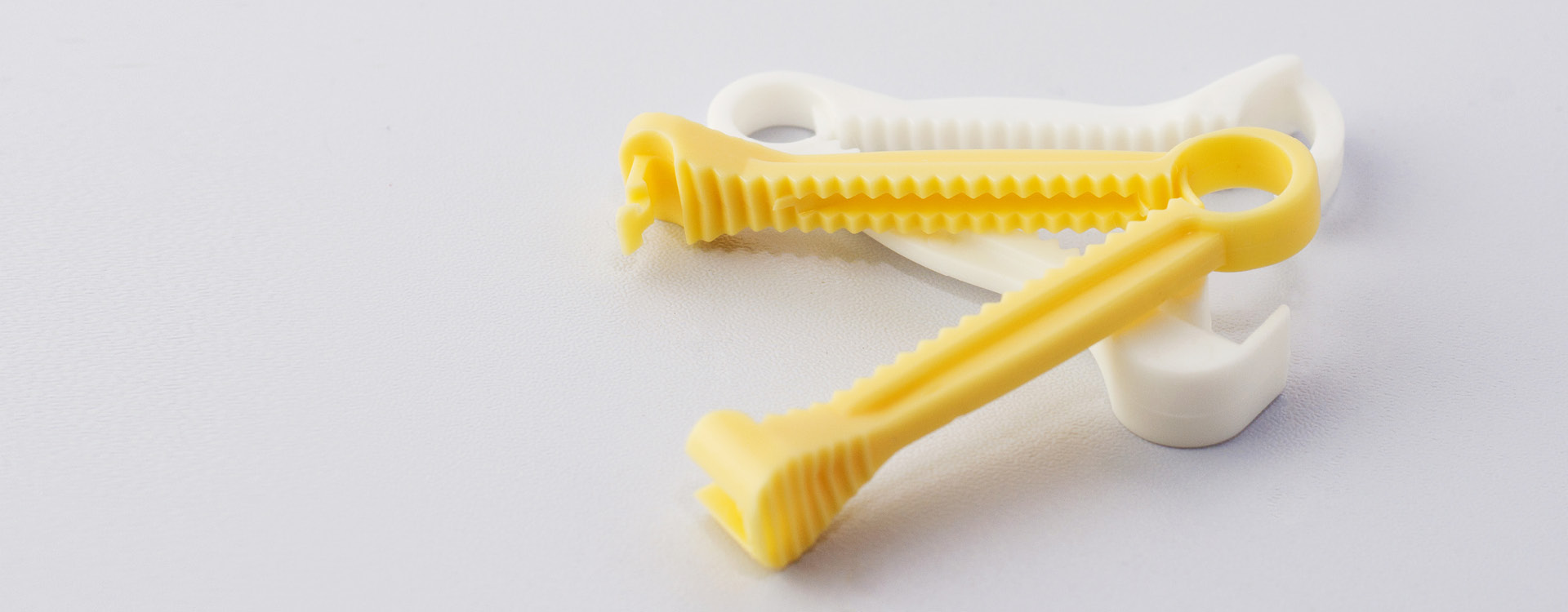As you work out the details of your birth plan you may be thinking about whether to say yes to delayed cord clamping; a common practice that can deliver important and long-lasting benefits to babies. If you're planning on having a C-section or facing the probability of one, you might be wondering whether delayed cord clamping is still a good idea - or if it's even possible.
Experts agree that waiting briefly before cutting a baby's umbilical cord is usually worth doing, regardless of how you deliver. However, there are some instances where it may not be the best move for mothers or babies. Here's what you should know, and how to make the right decision for your family.
What Is Delayed Cord Clamping?
This now-common practice involves waiting for a short period after a baby is born to clamp and cut the umbilical cord instead of clamping and cutting it right away. Delayed cord clamping typically occurs within 30 to 60 seconds of birth, before the placenta is delivered. In some cases, it can be done slightly later, within 2 to 5 minutes of birth. Without delayed cord clamping, a baby's umbilical cord is cut within 10 to 30 seconds of being born.
What Are the Benefits of Delayed Cord Clamping?
Delaying cord clamping is beneficial for full and preterm infants, says the American College of Obstetricians and Gynecologists (ACOG) and the World Health Organization. According to the ACOG, waiting to clamp and cut a baby's umbilical cord allows more fetal red blood cells from the placenta to travel through the cord into a baby's body [*]. This improves a baby's iron stores in the first several months of life, helping to prevent iron-deficient anemia. Delayed clamping is also thought to promote healthy brain development in the first several years of life. Findings show differences in social and fine motor skills in children as old as four [*].
The benefits to preterm infants are just as significant. Delayed cord clamping can encourage healthy circulation in preemies and support the production of red blood cell volume, which can lower the risk for bleeding complications and reduce the need for blood transfusions, ACOG notes [*].
The practice may be helpful for mothers, too. Evidence suggests that delayed umbilical cord clamping may shorten the amount of time it takes to deliver the placenta as well as reduce the risk for postpartum complications such as retained placenta [*].
Can You Do Delayed Cord Clamping With a C-Section?
Yes. Delayed cord clamping can be performed for vaginal births or for cesarean sections, experts say. Whether you know in advance that you'll be having a C-section or end up needing an unplanned one, delayed cord clamping is safe for you and can offer benefits for your baby [*].
In the past, there was some concern that delaying cord clamping after C-sections could increase the loss of blood or iron stores after delivery and potentially raise the risk for complications like postpartum hemorrhage. That thinking has changed. Research shows that, regardless of delivery method, delayed clamping is not tied to a higher risk for postpartum blood loss and does not make a woman more likely to need a blood transfusion [*].
Women who undergo C-sections and have delayed cord clamping also aren't more likely to have lower iron levels after birth compared to those whose cords were cut immediately, findings show [*]. Postpartum complications like infections are also rare.
Does C-Section Delayed Cord Clamping Have Any Risks?
Some experts routinely recommend delayed cord clamping, whether you're giving birth vaginally or via C-section. The practice delivers important benefits to babies, and it doesn't typically put a woman at risk for decreased iron stores, increased blood loss, or other complications.
That said, delaying cord clamping isn't necessarily right for every mother and baby. If you're known to be at a higher risk for postpartum hemorrhage because of complications like placenta previa or placental abruption, you should discuss the decision to delay cord clamping with your doctor. While waiting to cut the umbilical cord may still deliver valuable benefits to your baby, cutting the cord immediately after delivery may be necessary to help you avoid excessive blood loss, ACOG says [*].
Delayed umbilical cord clamping also isn't typically recommended for babies who need medical attention immediately after birth. If a baby has heart rate abnormalities or is showing signs that they need oxygen or NICU support, cutting the cord right away instead of waiting helps ensure that the baby receives the care they need as soon as possible [*].
Finally, it's worth knowing that delaying cord clamping may increase the incidence of jaundice by 59.1% in infants, resulting in phototherapy treatment being required, even in healthy full-term infants [*]. This applies to both vaginal deliveries and c-sections. Some experts don't see this as a reason to avoid delayed cord clamping though because jaundice is usually not too difficult to manage with phototherapy [*].
Can You Delay Cord Clamping with Cord Blood Banking?
You may have heard that your doctor can't perform delayed cord clamping if you're opting to collect your baby's cord blood or vice versa. But in fact, there's no reason why you can't do both.
Some providers may think that waiting to clamp the umbilical cord essentially drains the umbilical cord of viable stem cells, making cord blood collection impossible. This is only true when delaying clamping until the umbilical cord stops pulsing.
Evidence shows that you can still get an ample cord blood collection from your baby's umbilical cord, and get the benefits of delayed cord clamping, if the cord is clamped within 60 seconds of giving birth [*].
If you’re interested in learning more about cord blood banking, how it works, and the benefits to your baby and family, feel free to request a free info kit or call us today at 888-743-2673.
Delayed Cord Clamping vs. Umbilical Cord Milking for C-Sections
Umbilical cord milking is the practice of manually pushing blood through a baby's umbilical cord before cutting it, instead of letting the blood flow on its own like in delayed cord clamping. Full-term babies seem to reap similar benefits from both practices, though delayed cord clamping tends to be more common.
There may be a difference for preterm babies born via C-section, though. In a study of infants born before 32 weeks, those who underwent umbilical cord milking showed higher blood iron levels and better blood pressure compared to those who just had delayed cord clamping [*] (This study didn't find a difference for preterm infants born vaginally.)
If you know you'll be having a C-section and are at risk of delivering early, discuss the benefits of umbilical cord milking versus delayed cord clamping with your provider. Together you can weigh the pros and cons and decide whether milking should be a part of your action plan after birth.
The Bottom Line: Making the Right Decision for You
Delayed cord clamping is recommended because of its benefits to babies and is compatible with both vaginal and cesarean births. It can be performed if you're planning on collecting your baby's umbilical cord blood too. It is recommended that the clamping is performed within 60 seconds of giving birth.
However, there are certain scenarios when it may be better to cut the umbilical cord immediately, like if a mother is at high risk for postpartum hemorrhage or if an infant is in need of immediate medical attention after birth. Umbilical cord milking may also be worth considering over delayed cord clamping for infants who are born via C-section before 32 weeks.
For many hospitals, delayed cord clamping has become routine except in some high-risk situations. If you're not sure whether that's the case where you're planning to deliver, or you have concerns over delaying cord clamping, talk with your provider. When you discuss your individual risks and benefits during pregnancy with your doctor or midwife, you can go into your delivery knowing you've made an informed choice. And that peace of mind can be priceless.
DISCLAIMER: THE INFORMATION ON THIS WEBSITE IS NOT INTENDED TO BE USED AS MEDICAL ADVICE.The materials and information contained on the MiracleCord website is provided for educational and informational purposes only, and is not intended to, and does not constitute, medical or other health advice or diagnosis, and should not be used as such. You should not use this information to diagnose or treat a health problem or disease. If you are seeking personal medical advice, you should consult with a licensed physician. Always consult with a qualified health care provider regarding a medical condition.




